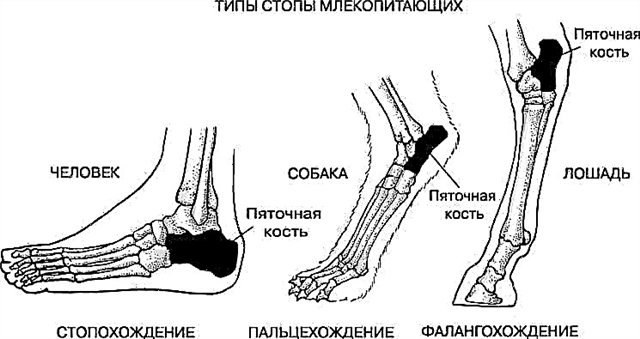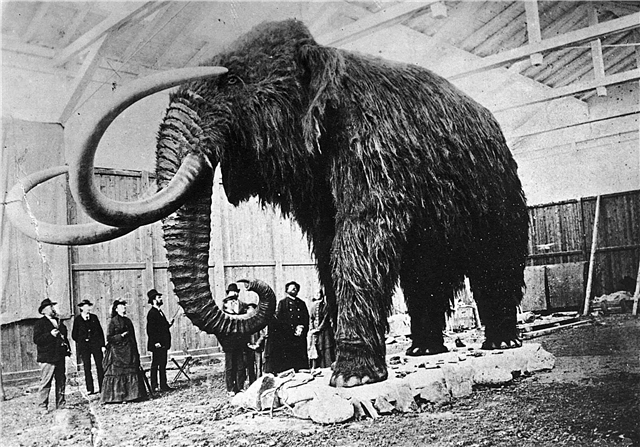
As a rule, a man’s voice from a woman’s can be distinguished even simply by ear, without seeing the talking person. The differences begin to be felt already in childhood, and after the transitional age, the voice of a girl and a young man is already completely difficult to confuse.
A woman with a low voice is a rarity, as is a squeaky man. Why is there such a difference in voices, where does it come from? How are female and male voices formed?
Voice shaping and other differences
The first differences between boys and girls are formed already in the process of fetal development. Future men from the first weeks of their existence develop against the background of the synthesized hormone testosterone. Since the synthesis of the hormone at the time of fetal development and childhood occurs sparingly, in childhood, boys can be like girls - including their voice.
However, by the time of maturation, the synthesis of the hormone in male organisms is amplified many times, and under its influence secondary signs are already formed, the list of which includes the structure of the larynx.
Interesting fact: in addition to the specific structure of the throat, testosterone provides hair growth on the face and body, a set of muscle mass, the formation of other specific male features.

Focusing specifically on the larynx, it is necessary to note the formation of the protrusion of the larynx (Adam's apple, Adam's apple), an increase in the glottis and directly the vocal cords. Larger, thicker vocal cords provide the low timbre that is characteristic of young people's voices.
“Breaking the voice”
During the period of rapid growth, young men may experience the so-called “breaking of the voice," which is associated precisely with an intensive increase in the structures of the larynx. In the future, after just a few months, the work of the vocal apparatus stabilizes, the voice becomes no longer childish, but male. Long, powerful vocal cords create low frequency vibrations, which is perceived as a low, bass voice. The lower the frequency of vibrations, the lower the sound, and accordingly, the higher it is, the more subtle, high voice we manage to hear.
Of course, the development of the larynx and vocal cords is also observed in girls in the development process, but this process is not so active, the glottis does not increase too much, which does not lead to a significant decrease in timbre. In the process of development of the girl, a female voice is gradually formed, even imperceptibly.
The dependence of the voice on hormones
The main driving factor in the development of the male voice is precisely the male hormone - testosterone. At the same time, modern female athletes taking steroid drugs may experience a sudden decrease in the timbre of their voices, which again happens under the influence of hormones that enter the body from the outside, with drugs.
Other factors affecting a person’s voice
Various external factors can change the timbre of a voice, temporarily, or even forever.So, the voice may “subside” due to smoking or addiction to alcohol, due to a long cold with sore throat, and burns if a person accidentally drinks too hot a drink. This is true for both women and men. It is not surprising that singers take great care of their throats, wear scarves, and use their own secrets to maintain their vocal cords, and therefore their voices, in good shape.
Thus, the human voice belongs to the category of secondary signs and is formed due to testosterone. In a strong half of humanity, male hormone during maturity is secreted in large volumes, which leads to a significant increase in the larynx and glottis, and thickening of the vocal cords. In women, this does not happen, thin and short vocal cords create high-frequency vibrations that are perceived by the ear as a more subtle sound. Also, the voice is partly formed by external adverse factors that can lower it.












